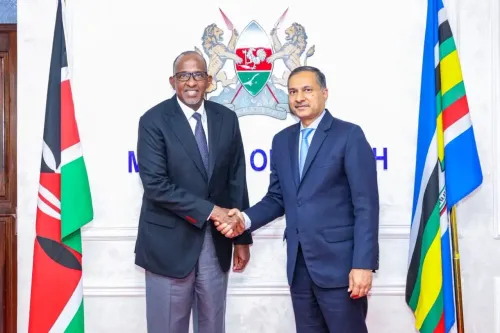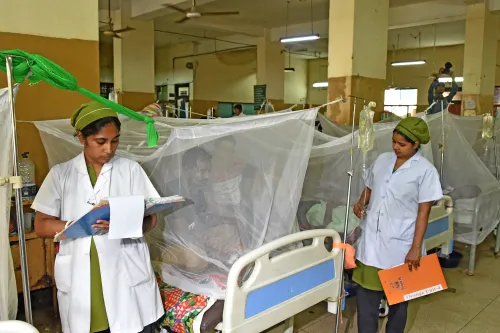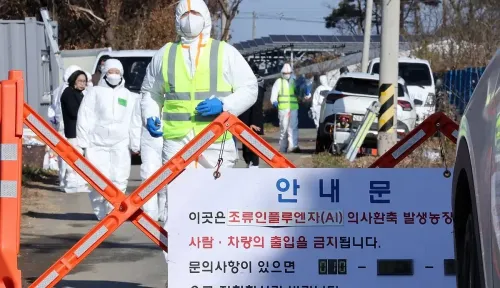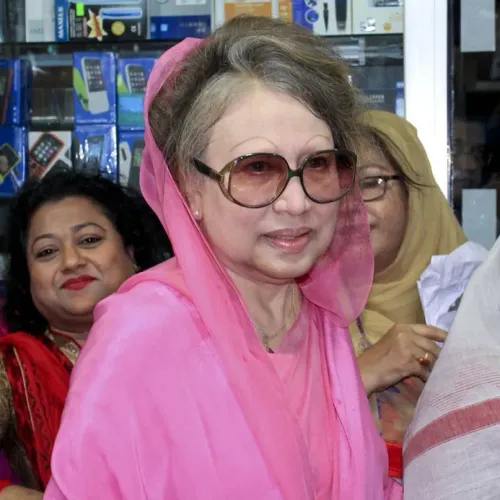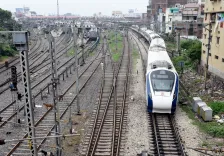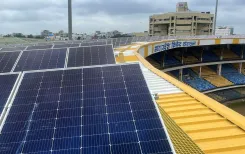How is the Government Strengthening Health Infrastructure for a Viksit Bharat?
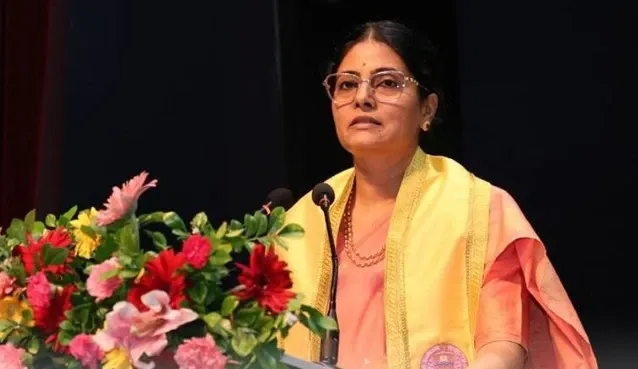
Synopsis
Key Takeaways
- Enhanced Health Infrastructure: Strengthening all tiers of healthcare.
- Universal Health Coverage: Ensuring equitable access to healthcare services.
- Social Determinants: Addressing factors like housing and clean water.
- Increased Spending: Government investment in healthcare nearing 2% of GDP.
- Digital Solutions: Adoption of technology to improve healthcare delivery.
New Delhi, July 24 (NationPress) The Union government is actively enhancing healthcare infrastructure and tackling social determinants to realize the vision of a Viksit Bharat by 2047, stated Union Minister of State for Health & Family Welfare Anupriya Patel during an event in the national capital on Thursday.
At the Convocation Ceremony of Lady Hardinge Medical College and Associated Hospitals, Patel emphasized how India's National Health Policy (NHP) 2017 has transformed the healthcare landscape. The policy aims to guarantee that all individuals have access to quality healthcare services without incurring financial burdens.
“A nation can only be considered developed when its people are healthy. There cannot be a prosperous India without the well-being of its citizens,” Patel remarked.
“To achieve this goal, the government is concentrating on Universal Health Coverage and enhancing health infrastructure across all tiers—from primary to secondary and tertiary—while also addressing social determinants such as adequate housing, clean water, and fuel,” she added.
Patel pointed out that “Prime Minister Narendra Modi envisions a developed India by 2047, as we no longer wish to be labeled a developing nation. Health is a crucial component of this vision, as only a healthy population can lead to a developed country.”
“For a vast nation like India, with a population of 1.4 billion, the government is committed to providing quality and affordable healthcare to all citizens,” she stated.
Over the past 11 years, government spending on healthcare has significantly increased, with current expenditures nearing 2% of GDP.
“Primary healthcare services have undergone a transformation, with 12 different services now available at grassroots levels through small healthcare facilities known as Ayushman Arogya Mandirs,” Patel noted, adding that the number of AIIMS has expanded from 7 to 23.
Additionally, the infrastructure for medical education has been upgraded to improve the doctor-to-patient ratio. The adoption of digital healthcare solutions is also a part of the strategy to enhance healthcare delivery.
As a result, India not only managed to withstand the challenges posed by the COVID-19 pandemic but also extended assistance to other nations during this crisis, according to the MoS.
“India set a global benchmark by executing the world’s fastest and largest vaccination drive, administering 220 crore COVID vaccine doses,” Patel stated.
The Minister also underscored the importance of a holistic approach to healthcare.
“When we discuss healthcare, it encompasses preventive, promotive, palliative, and rehabilitative services, with preventive care being the most critical. India is confidently advancing with this integrated model,” Patel concluded.


